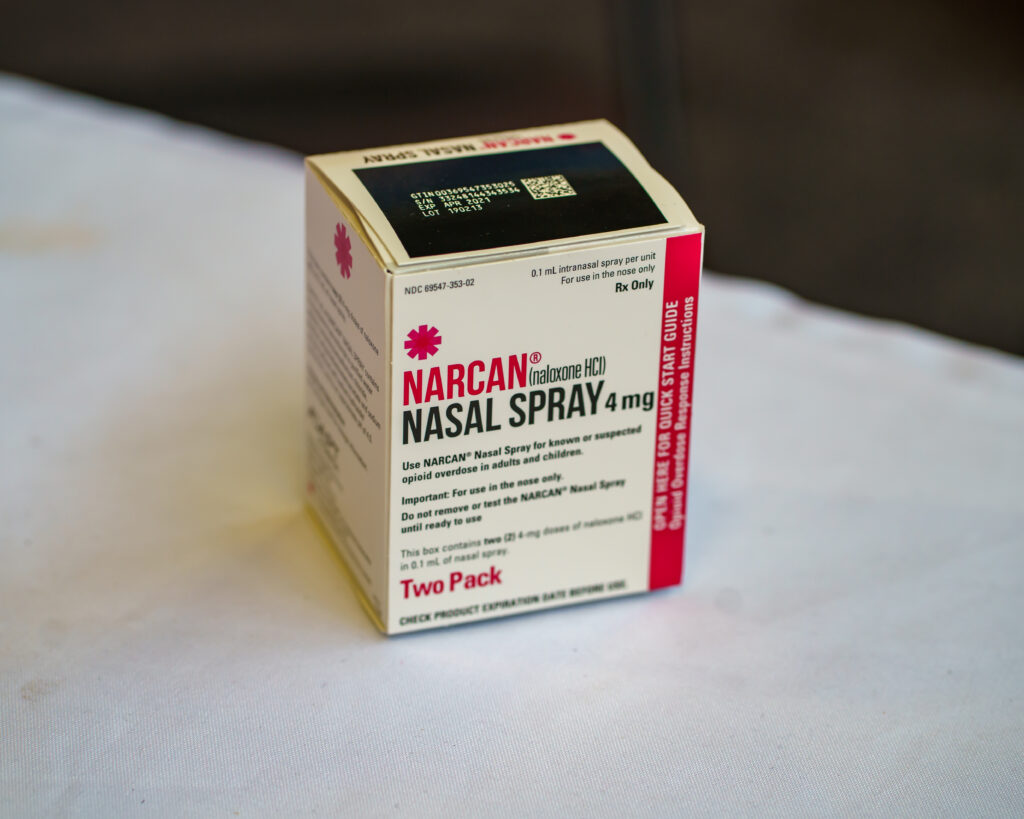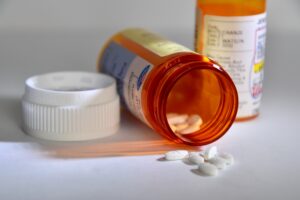In 2018, then U.S. Surgeon General Jerome Adams issued guidance to families and friends of illicit opioid users that it was important to be trained on how to administer naloxone and to have the lifesaving drug nearby in case of an overdose.
This guidance was part of the first surgeon general advisory issued in 13 years, underscoring the public health risk the opioid epidemic presented, and just how effective naloxone could be at reducing the number of overdose deaths.
Recent research I coauthored in JAMA Health Forum with colleagues from the RAND Corporation finds that by 2018, just as the surgeon general was issuing the advisory, a jump in the out-of-pocket price of naloxone had likely made the lifesaving drug too expensive for most uninsured Americans.
- Average out-of-pocket price for a single dose of naloxone increased by over 500% between 2014 and 2018 from $35 per dose to $250 per dose
- Of the two million non-elderly adults with opioid use disorder, 1 in 5 are uninsured, including the uninsured population representing 30% of all opioid-related deaths
- The U.S. experienced record-breaking drug overdose deaths of 93,000 in 2020 and 107,000 in 2021. Opioid-related deaths increased from 70,000 in 2020 to nearly 81,000 in 2021.
The increasing number of opioid-related deaths and large number of individuals with opioid use disorder being uninsured underscores the importance of policymakers ensuring naloxone is affordable.
The price for naloxone decreased for insured patients with overall prescriptions growing rapidly
Between 2010 and 2018, public health campaigns and state access laws improving access to naloxone were rapidly introduced across the country. In addition, the FDA approved NARCAN and Evizo (though this option was discontinued in 2020), two options of branded naloxone that are much easier to administer than the original drug. We looked at over 700,00 naloxone claims during that time period to better understand cost trends.
Sign up for Schaeffer Center news
Policy changes led to the annual number of naloxone prescriptions to jump from 11,000 to more than 386,000 between 2014 and 2018
Hospitals, community-based programs, and first responders were likely the biggest reason for the large prescription increase. One FDA estimate finds 83% of naloxone was sold in non-retail settings in 2017.
Co-prescribing laws that required naloxone be prescribed anytime a patient was given high doses of opioids also led to large increases among Medicare VA/Tricare, Medicaid, and those with private insurance.
Importantly, for those with insurance, the cost of naloxone during this time decreased by 26%.
Getting naloxone to uninsured individuals should be a policy priority
Despite large increases in naloxone prescriptions by every type of insurer in recent years, distribution to uninsured populations barely rose. By 2018, naloxone prescriptions for insured patients were being filled five-times more than that of uninsured patients.
With so many uninsured illicit opioid users, policymakers should be aware of the high out-of-pocket costs. Co-prescribing is an effective approach to reducing overdoses, but does very little if the uninsured patient cannot afford the out-of-pocket cost.
One policy solution would be a requirement for pharmacies to carry generic naloxone. While this would help, the out-of-pocket average price for naloxone while fairly low for the insured ($8.16) remains high for the uninsured ($67.99). A more significant investment in reducing out-of-pocket costs for naloxone would be direct funding in the form of a rebate or subsidy that capped the price for uninsured individual with opioid use disorder to the same average price for the insured.
Any action taken by policymakers would help reduce the out-of-pocket cost of naloxone, which in-turn could likely boost the number of uninsured people with opioid use disorder purchasing naloxone.
Evan Peet and David Powell of RAND Corporation contributed to this research.



